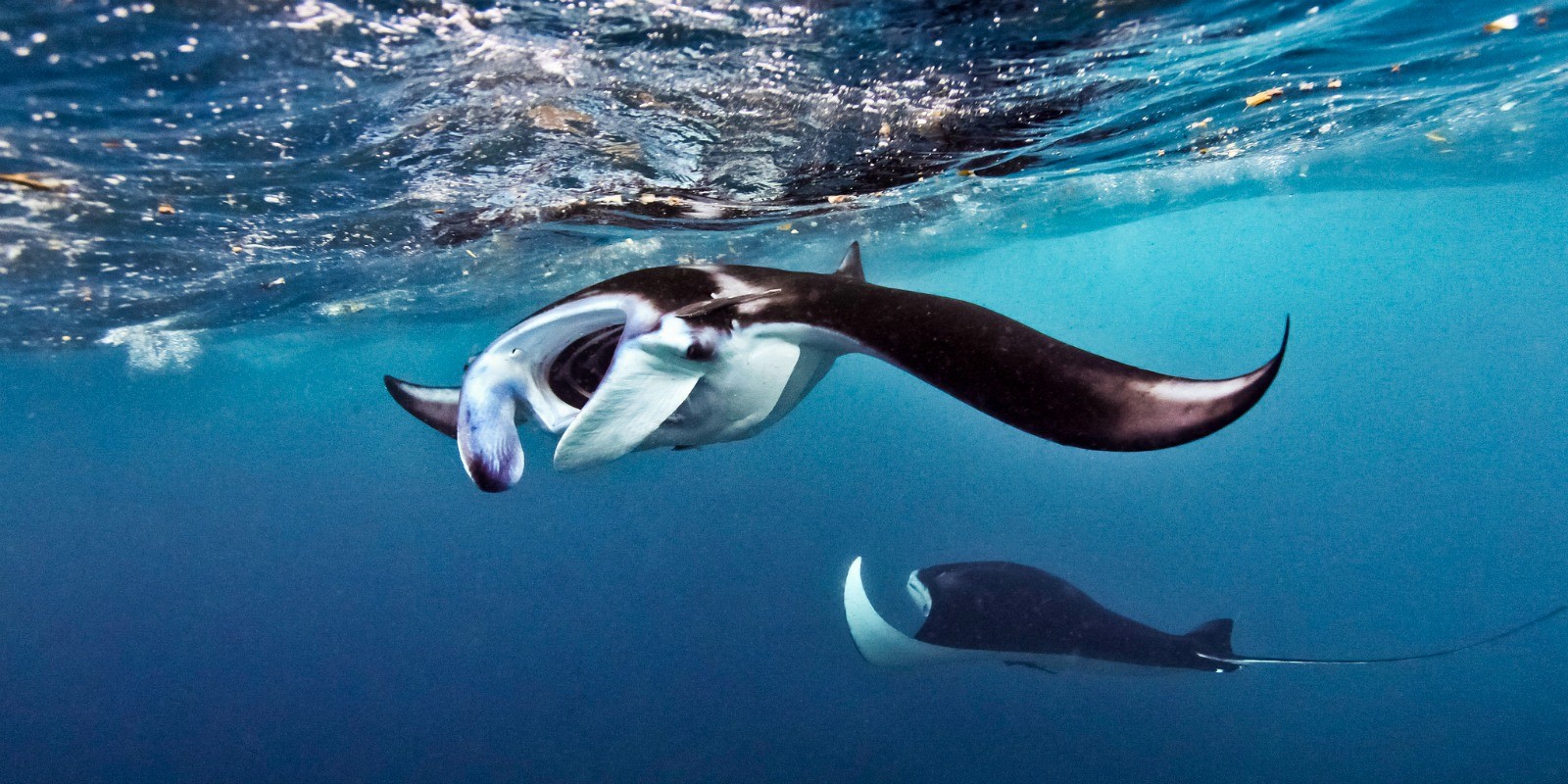A Win for Giant Manta Rays

Project AWARE is thrilled that Parties to the Convention on Migratory Species of Wild Animals (CMS) reached agreement last week in Bergen, Norway to list the globally threatened giant manta ray under CMS Appendix I and II.
The listing obligates CMS member countries to provide strict national protections for giant manta rays and their key habitats, and encourages concerted global and regional action among all Range States to conserve the iconic species.
The manta ray listing was proposed by Ecuador. The European Union, Senegal, Madagascar, Australia, United States, Chile, Mozambique, and Uruguay took the floor to express support for the proposal. The host country of the CMS meetings, Norway, also voiced support while suggesting that the similar reef manta ray be listed at the next Conference of the Parties, in three years.
“We are elated that the CMS Parties have embraced Ecuador's proposal for protecting the magnificent and exceptionally vulnerable giant manta ray,” said Sonja Fordham, President of Shark Advocates International who was in Bergen last week representing Project AWARE and other organizations supporting the proposal. “CMS is an excellent vehicle for facilitating much needed national and international safeguards for this wide-ranging, globally threatened species and its key habitats.”
Manta rays are protected in the U.S. state of Hawaii, Maldives, Philippines, Mexico, Brazil, Ecuador, Yap, Western Australia, and New Zealand. Last week decision marks the first international agreement aimed at conserving manta rays and should spark new protections in key Range States such as Mozambique, India, Sri Lanka, and Peru.
 Project AWARE actively supported the manta ray proposal. National safeguards, as well as collaborative regional efforts to study and conserve manta rays, are urgently needed to avoid further depletion of these valuable and iconic animals.
Project AWARE actively supported the manta ray proposal. National safeguards, as well as collaborative regional efforts to study and conserve manta rays, are urgently needed to avoid further depletion of these valuable and iconic animals.
Manta ray eco-tourism is increasingly generating significant economic benefits for local communities across the globe, particularly in Maldives, Mozambique, and Hawaii. A new study estimates the worldwide value of manta-based tourism and filming at US$100 million per year.
Manta rays are, however, under increasing threat from East Asian demand for their gill rakers, used in Chinese medicine, which is driving targeted fisheries.
The greatest threat to manta rays is fishing; their large size, slow movements, and predictable aggregations make them easy targets. Manta rays can grow to more than seven meters across. Female manta rays are thought to produce just one pup after a year-long pregnancy, which contributes to the species' exceptional susceptibility to overfishing. Manta rays feed on plankton filtered through their gills with the help of comb-like projections known as "gill rakers". East Asian demand for gill rakers is reportedly resulting in dramatic increases in targeted manta ray fisheries and subsequent depletion of some local manta ray populations.
Giant manta rays are found in tropical, sub-tropical, and temperate waters of the Atlantic, Indian, and Pacific Oceans, often along coasts and offshore islands. Many of the species' sparsely distributed sub-populations number just a few hundred individuals.
The IUCN Shark Specialist Group has recently added the Giant and Reef manta rays to its Red List of Threatened Species. The creation of international conservation treaties as well as using the Convention on Migratory Species (CMS), CITES and national-level policy changes in countries that fish for mantas are the way forward to protecting these and other vulnerable elasmobranch. Some of these proposals may benefit from the support of the diving community, so please stay tuned!



